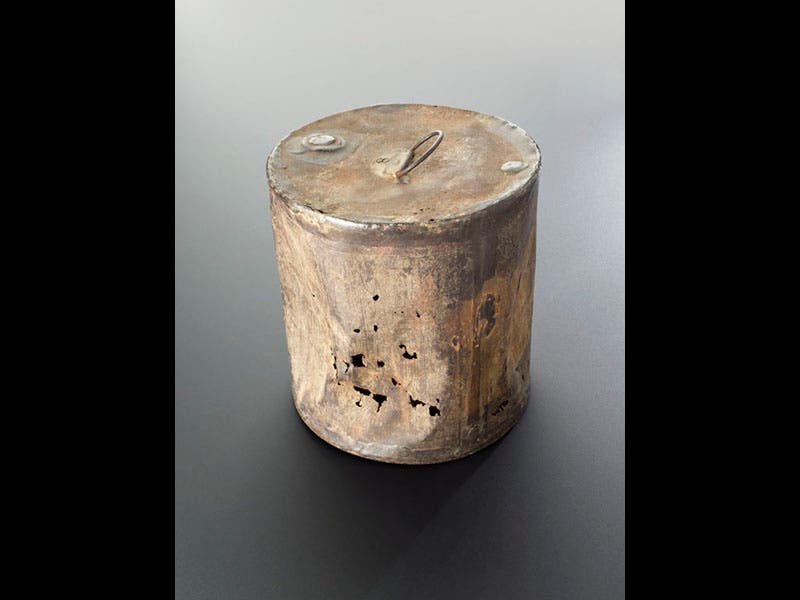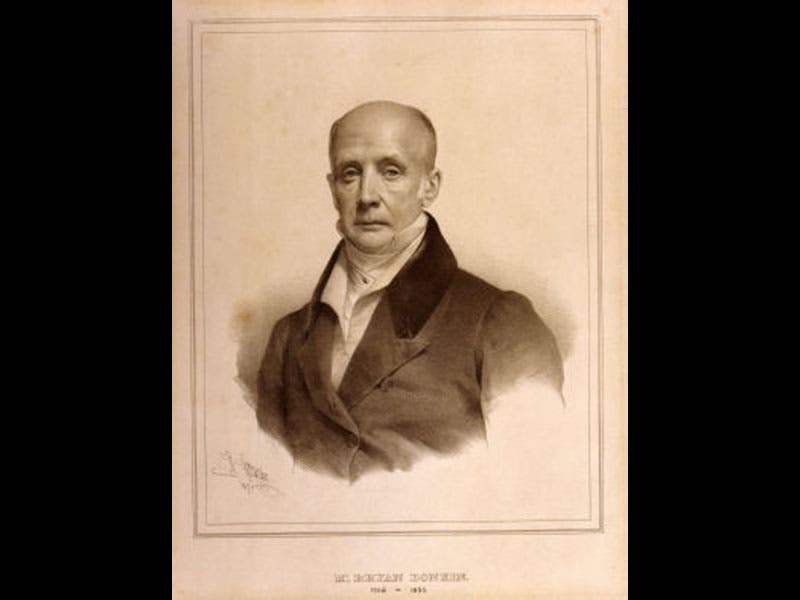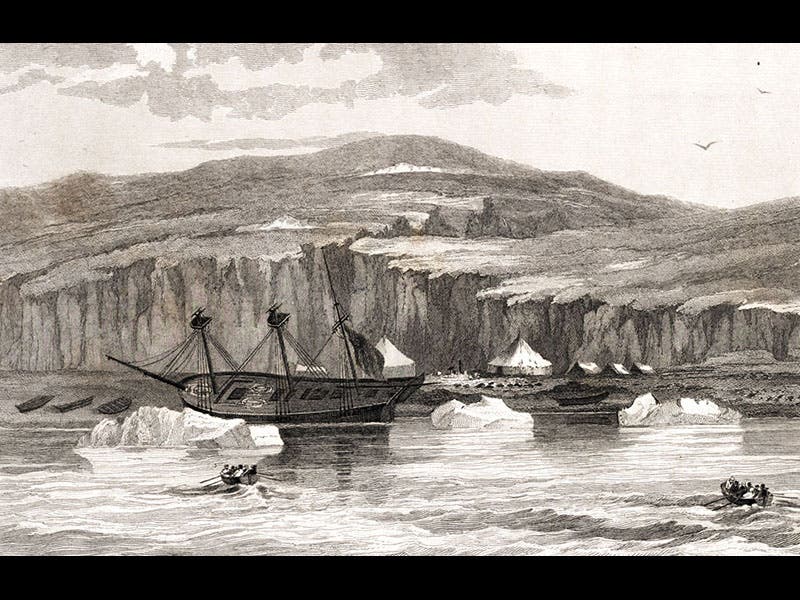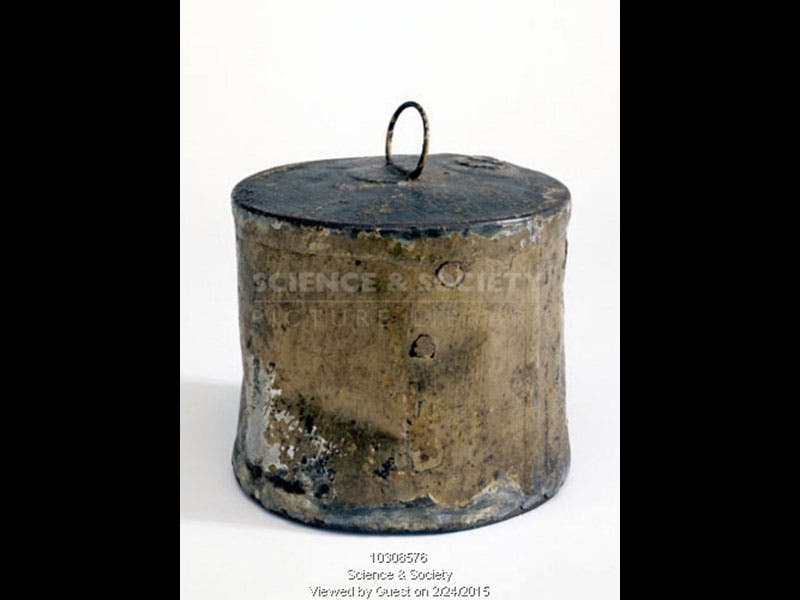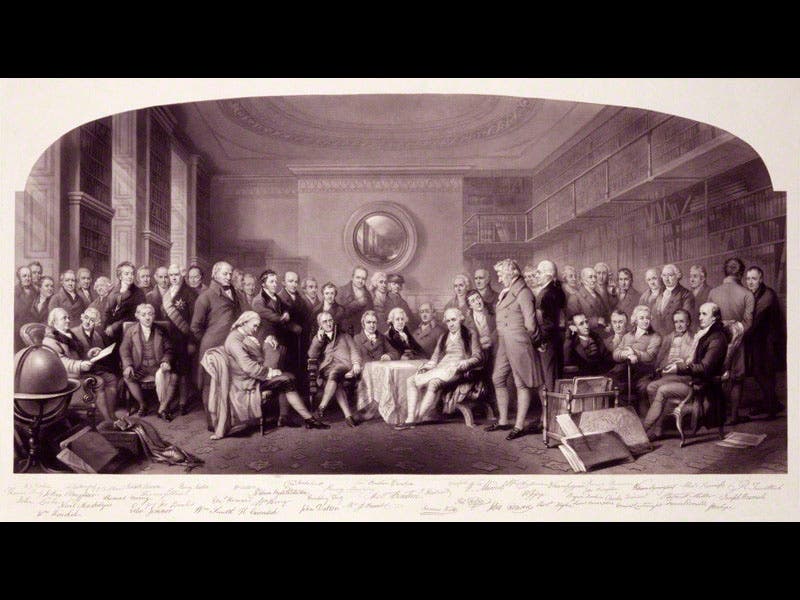Scientist of the Day - Bryan Donkin
Bryan Donkin, an English engineer, died Feb. 27, 1855, at age 86. In 1810, another Englishman, Peter Durand, obtained a patent for preserving food in tin-coated iron cans. A Frenchman, Nicholas Appert, had been the first to sell preserved food, but he had used cork-sealed glass bottles, and never established much of a market. Donkin and his brother in law, John Hall, bought out Durand's patent; in 1812 they set up a canning factory, and by the next year they were providing canned food to the British army and navy. The duo was joined by J. H. Gamble in 1818, and the firm of Donkin, Hall, & Gamble finally established credibility when the British expeditions to search for a Northwest Passage stocked up with tins of their preserved meats. William Parry took canned food on all four of his voyages to the Arctic in the 1820s and was able not only to survive many long winters, but to ward off the dreaded specter of scurvy. The main barrier to enjoying canned food was the can itself; since the can opener lay far in the future, the cans had to be opened with hammer and chisel, which must have been a bit messy. But Donkin, Hall, & Gamble tins were much larger than those we stock in our pantries, so perhaps entry by chisel was manageable. There is a seven-pound Donkin, Hall, & Gamble tin of veal in the Science Museum of London, which was left over from Parry's 1824-25 arctic expedition (fourth image above). One of Parry’s ships, the Fury, was wrecked on a beach in the Arctic, and its supply of tinned food was left behind; eight years later, Sir John Ross’s expedition, now on foot, ran across the supplies and survived on them quite nicely until they were eventually rescued.
Donkin may not seem to qualify as a scientist, but he was included in the 1862 engraving, Distinguished Men of Science, 1807-08, where he is standing at right, just behind Sir William Congreve, who is seated at the table with his head on his hand (fifth image above).
The first three images above show a Donkin tin can of 1812; a portrait of Donkin; and the wreck of the Fury in 1824.
Dr. William B. Ashworth, Jr., Consultant for the History of Science, Linda Hall Library and Associate Professor, Department of History, University of Missouri-Kansas City


